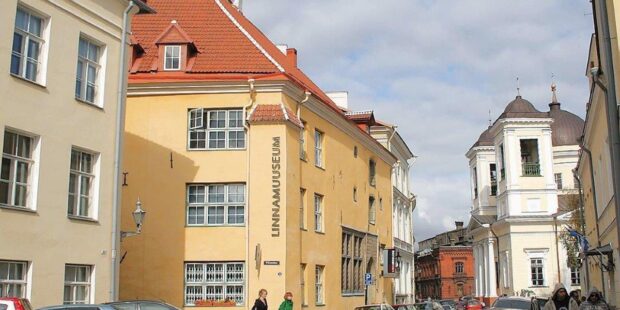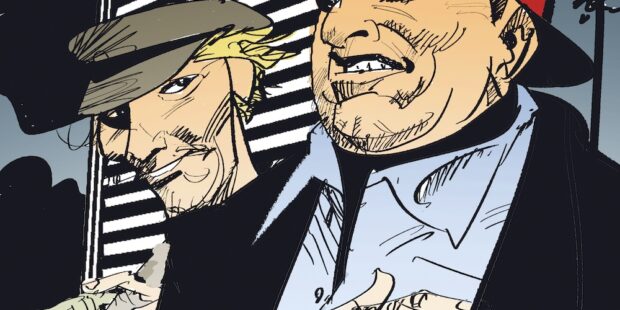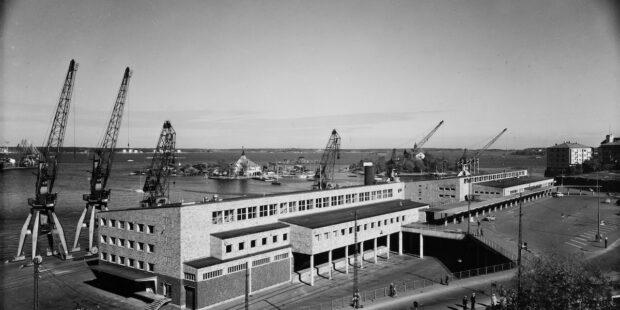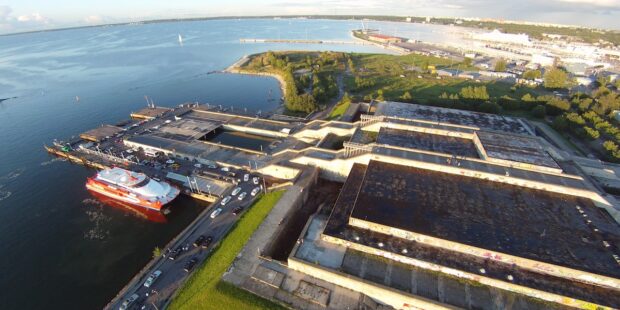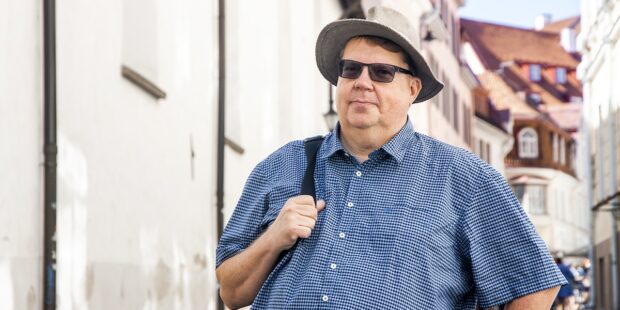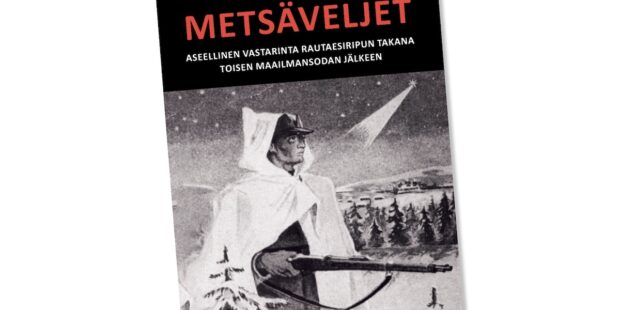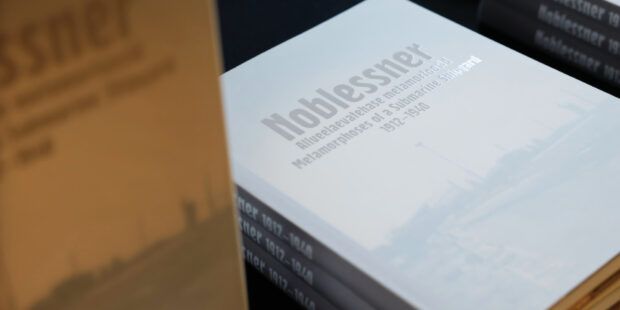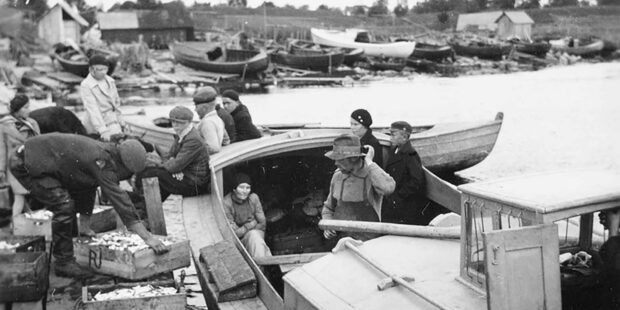A museum that shares the story of soviet resistance in Tartu
Text Mark Taylor Photos Tartu City Museum, Mikko Leo Selg
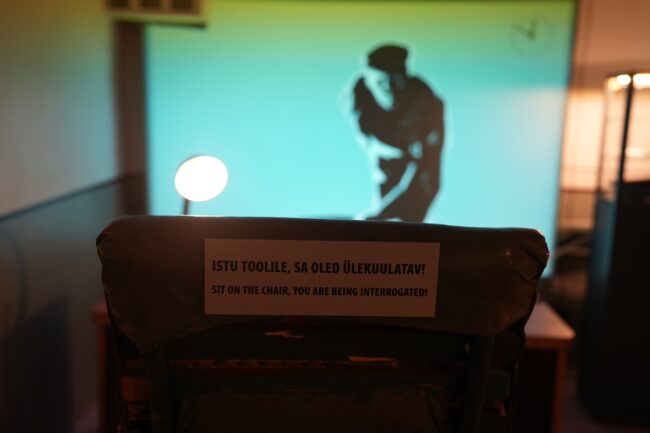 Experience what it’s like to be interrogated by the KGB.
Experience what it’s like to be interrogated by the KGB.
As an outsider, walking past the unassuming and normal-looking 30s apartment building at Riga 15 (halfway between the city centre and the train station). You would be forgiven for not giving it a second glance as you walk by. However, the building has a dark past, and an eerie name “the grey house”, that struck fear into the city’s residents during the 1940s and 50s.
This is because the building was home to the forerunner of the KGB, the NKVD. It was no surprise that soviet forces chose the modern building with a large nicely ogranised cellar and thick walls, that had only been completed the year before.
“From 1940 to 1954, it was a pretrial prison for political prisoners. This means what took place here was interrogations and torture,” explained KGB Museum manager Martin Jaigma. Adding that the owner of the building itself, Oskar Sõmermaa, along with his wife and child, were part of the first mass deportations of Estonia’s elite to Siberia in 1941.
The main exhibition of the museum starts with the events that led to the beginning of the war, before moving on to talk about the cells themselves and what was inside. “No beds were here. Former inmates remember that there was no air and no ventilation. It was an interrogation prison, they had to make things as uncomfortable as possible,” described Jaigma.

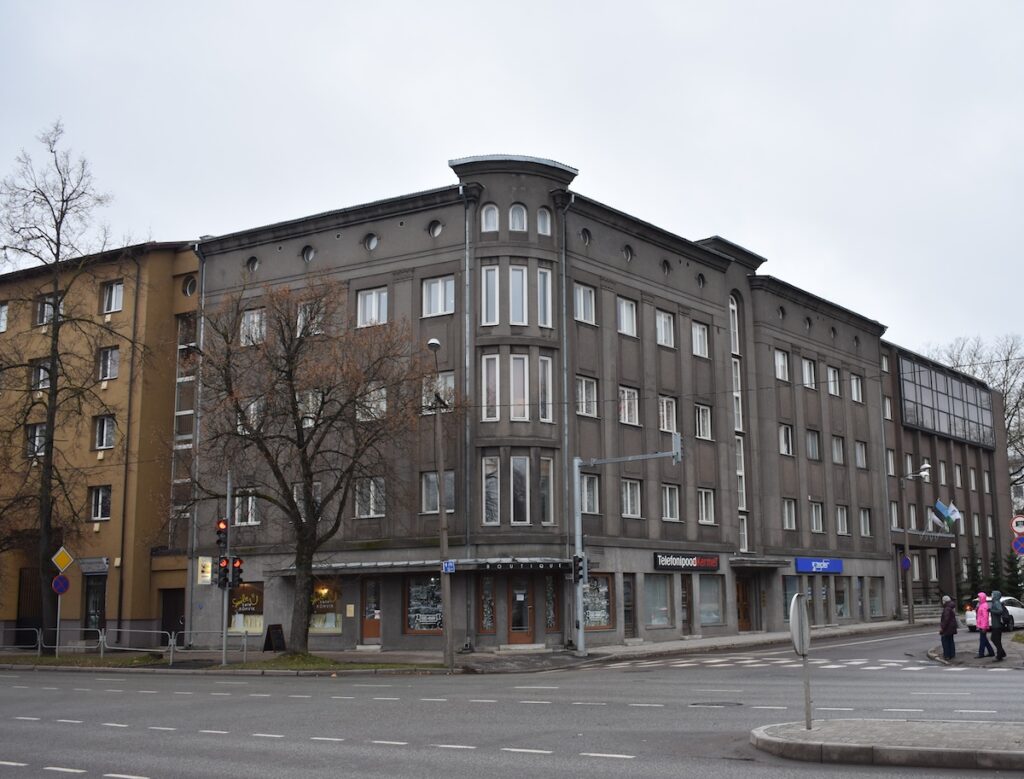
One of three newly renovated cells in the museum is an interrogation room. Where there is an animated figure of an interrogator, and a chair for you to sit in. Here is where your photo is taken and you are registered as a prisoner in the book. There is also a moving clock that symbolises how much time passed during interrogations. “They didn’t let people sleep, they would interrogate them for 7 hours in a row overnight. It was a great way to break people,” added Jaigma.
It was not only the physical torture, that included beatings, but the mental torture, such as threatening prisoner’s families and pretending to shoot them.
The second newly renovated room in the museum is an exhibit to Russian writer and dissident Aleksandr Solzhenitsyn, who was also deported to the gulag in Siberia.
Standing in the former cells today, it is hard to believe that they were home to a maximum of 40 people. The third and final newly renovated cell shares information on some of the prisoners who were held on the charge of breaching the infamous Article 58. These included members of the forest brothers, as well as the blue, black, and white youth movement.
The latter was a group of students in the city who took part in resistance activities in the late 40s, including the blowing up of a soviet army monument in Raadi (what is now the Estonian National Museum), which saw them all rounded up and sent to Siberia for 5-15 years. Luckily they all returned.
“In the late 90s, when they were already senior citizen, they came to visit the building and the cellar, where they suggested the idea that a museum should be built there. To preserve the memory and the stories,” shared Jaigma. Something that with city support and foreign investment was achieved became the museum you can visit today.
In what is not very common for Estonian museums, not only will you find information in Estonian, Russian, and English, but also Finnish.
The Museum is open from 11 am to 5 pm from Tuesday to Saturday each week. Tickets cost 7 euros for adults and 4 euros for concessions. Family tickets and guided tours are also available.
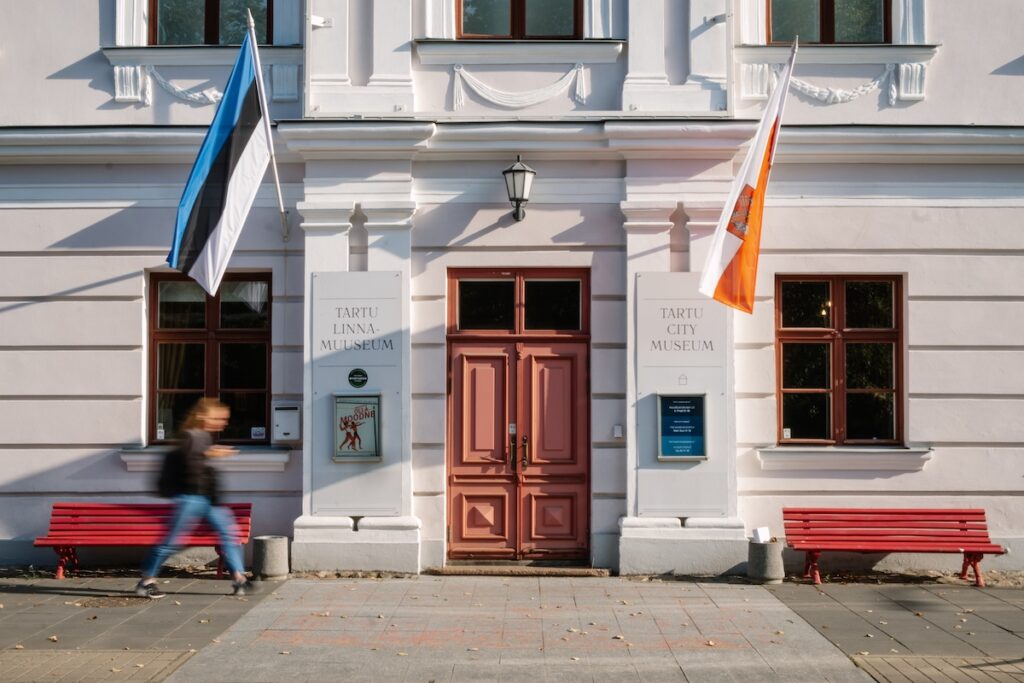
It is one of no less than 5 museums run by the city
- The KGB museum is not the only museum run by the city of Tartu. You can add the Tartu City Museum, Song Festival Museum, 19th Century Tartu Citizen’s Museum, and Oskar Luts Museum to this list.
- Just like the KGB Museum, The Tartu City Museum is also seeing a big change of its own. With its permanent exhibition making way for a special exhibition entitled “Our Tartu”. The exhibition, which is part of Tartu’s year as the European Capital of Culture, will tell the story of the city and its districts through the personal recollections, photos, and items of its residents. The exhibition is expected to open at the end of January.
Tartu City Museum, Narva mnt 23, Tartu
To learn more about this and similar topicsKGB KGB Museum Museum Tartu Tartu City Museums Tartu Grey House Tartu KGB Museum Tartu Linnamuseumid

